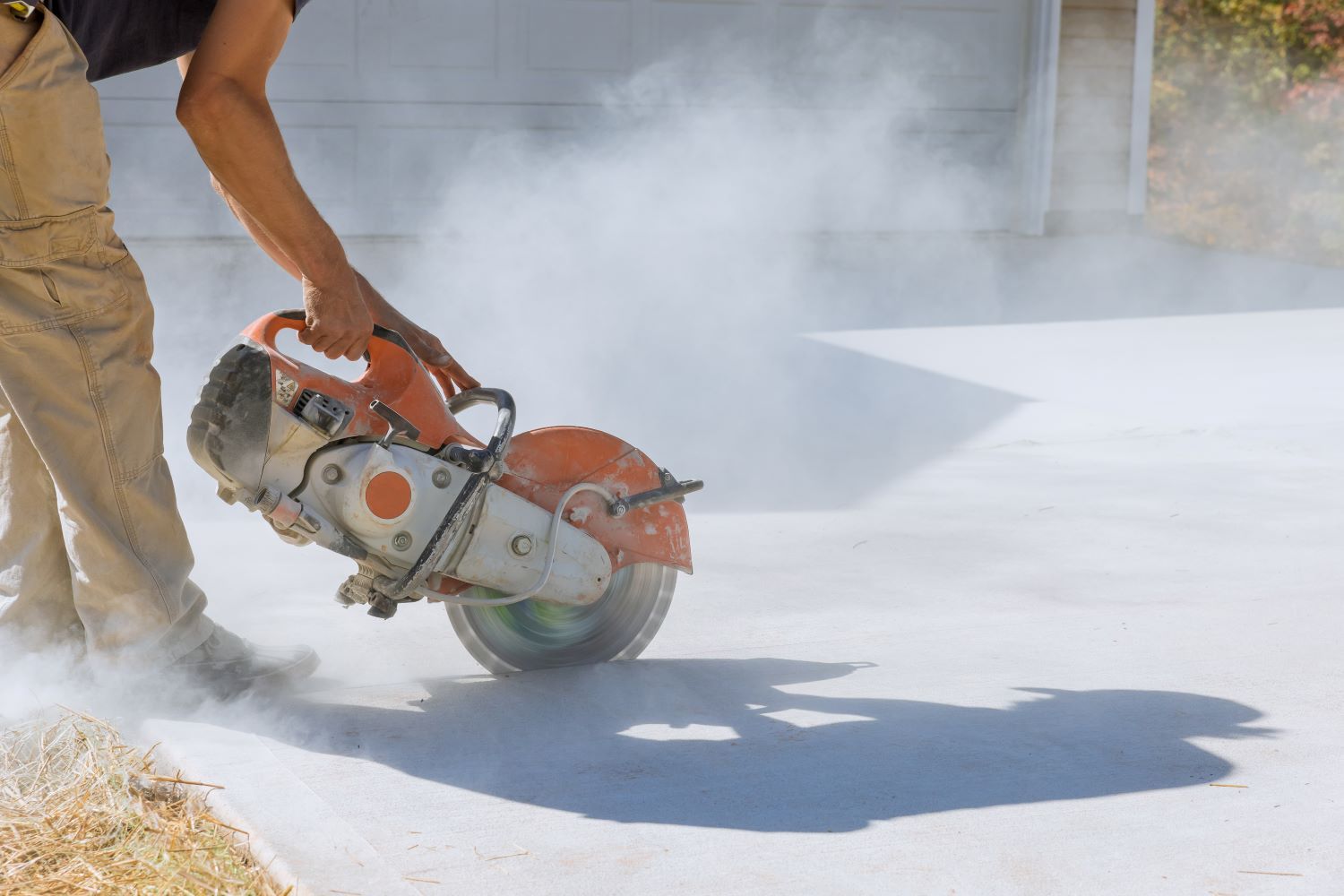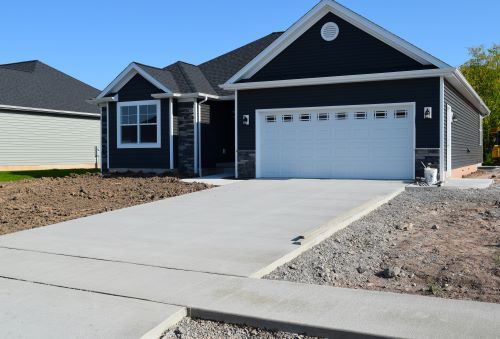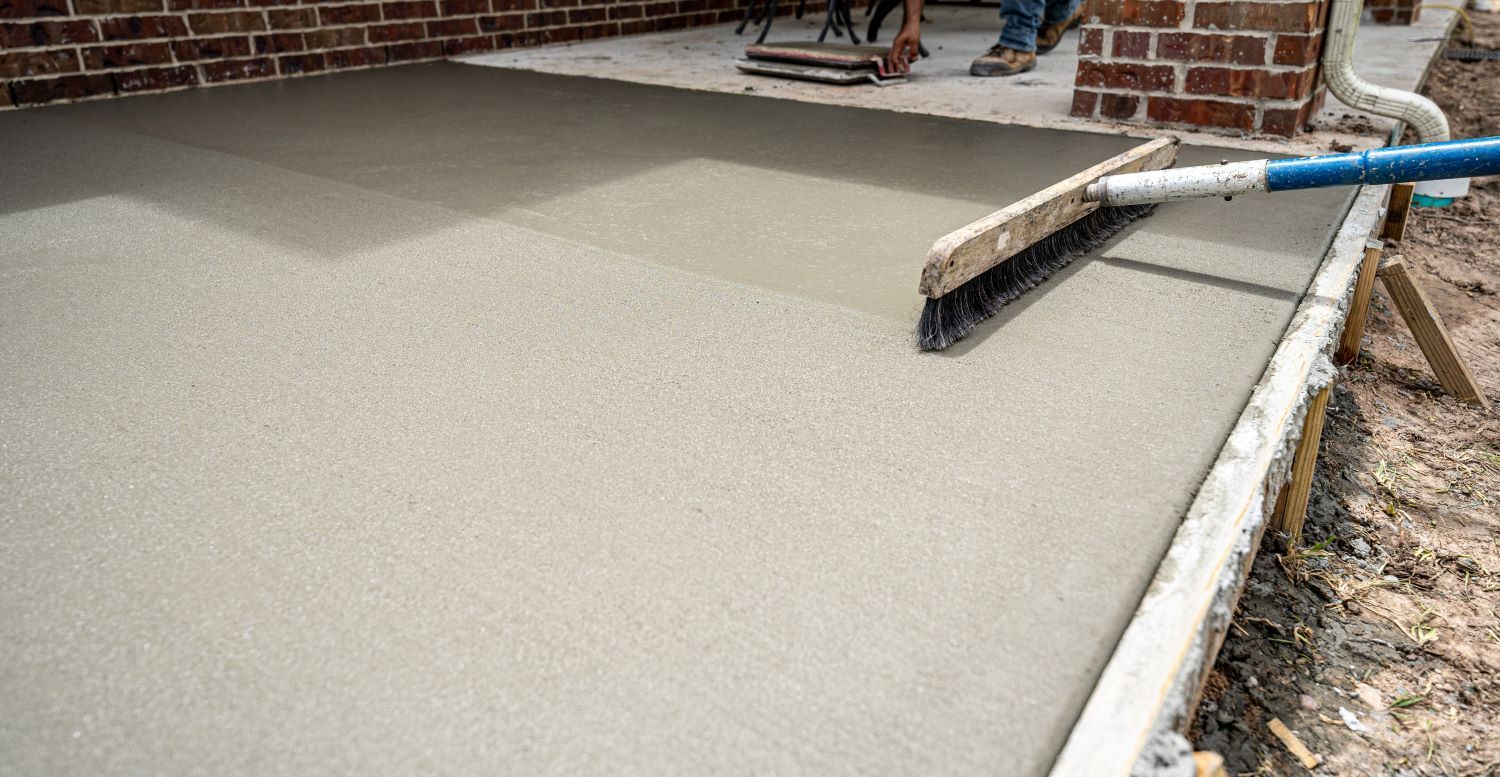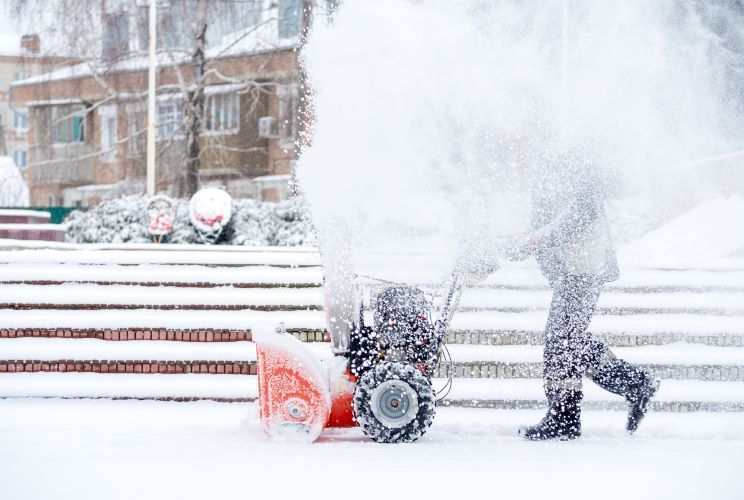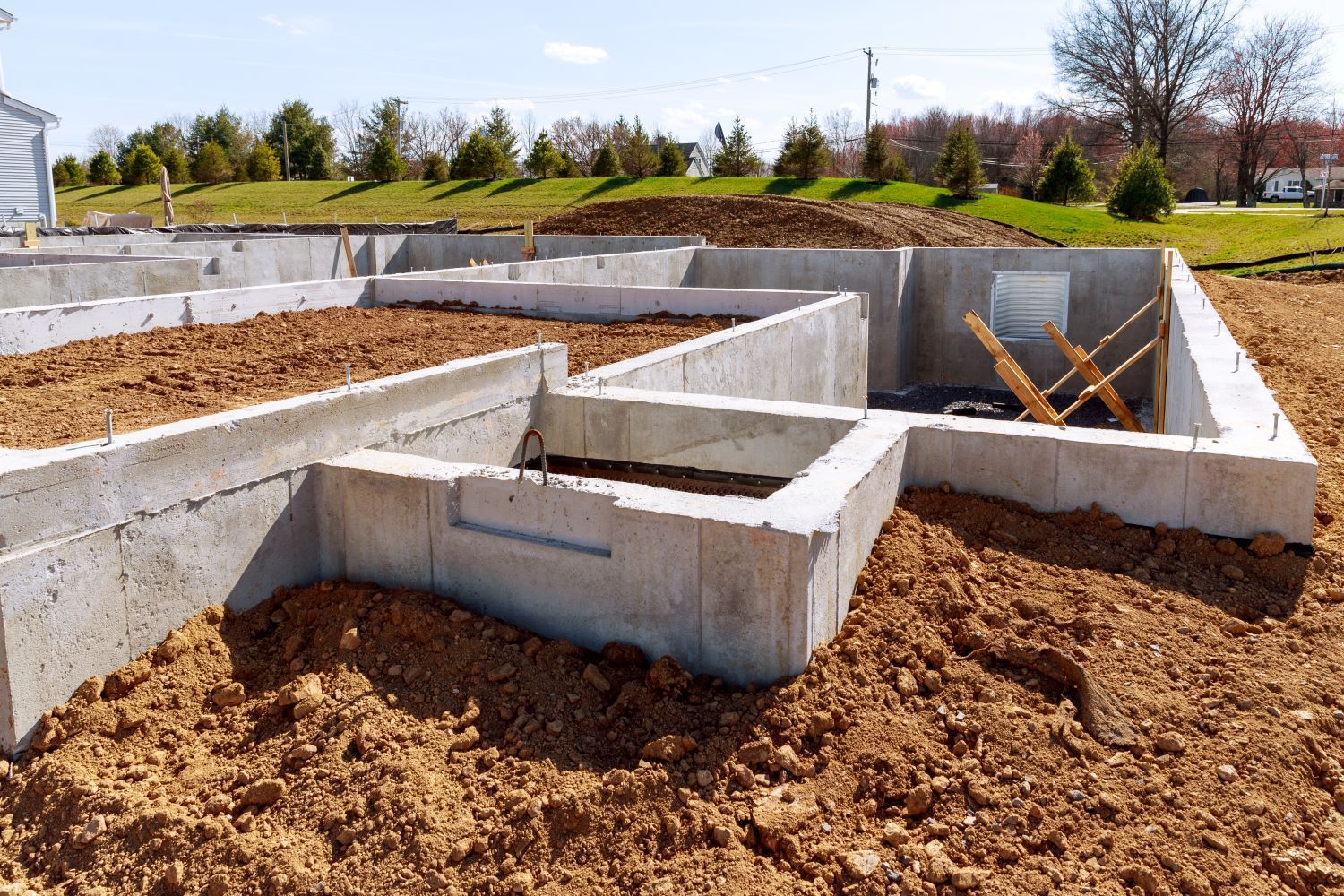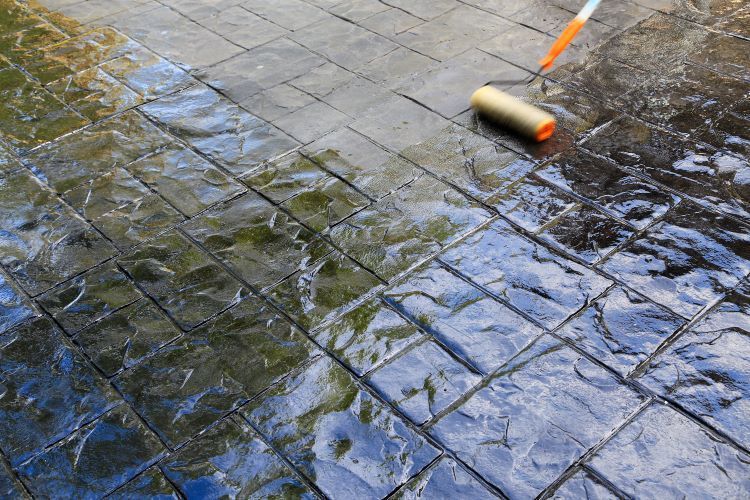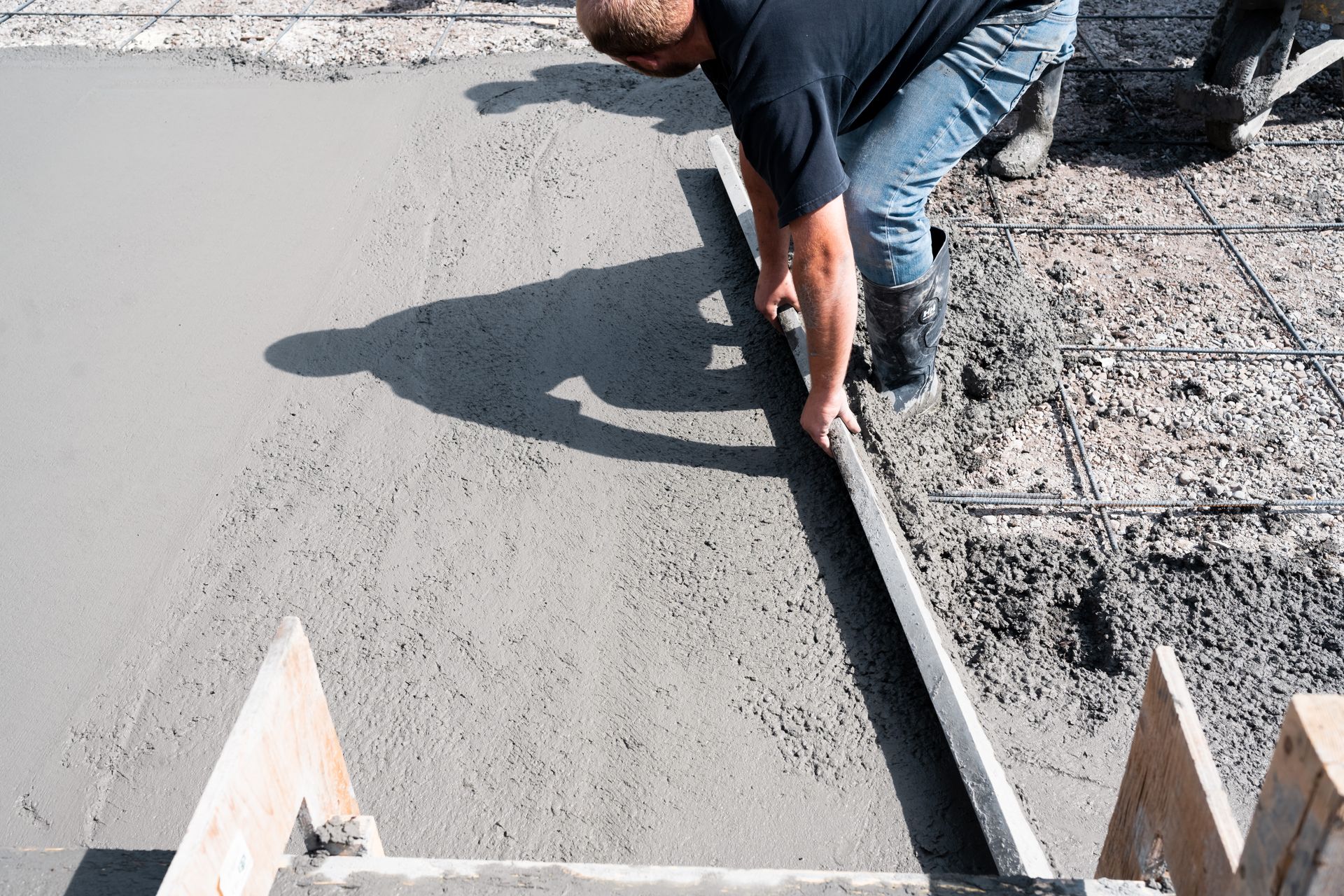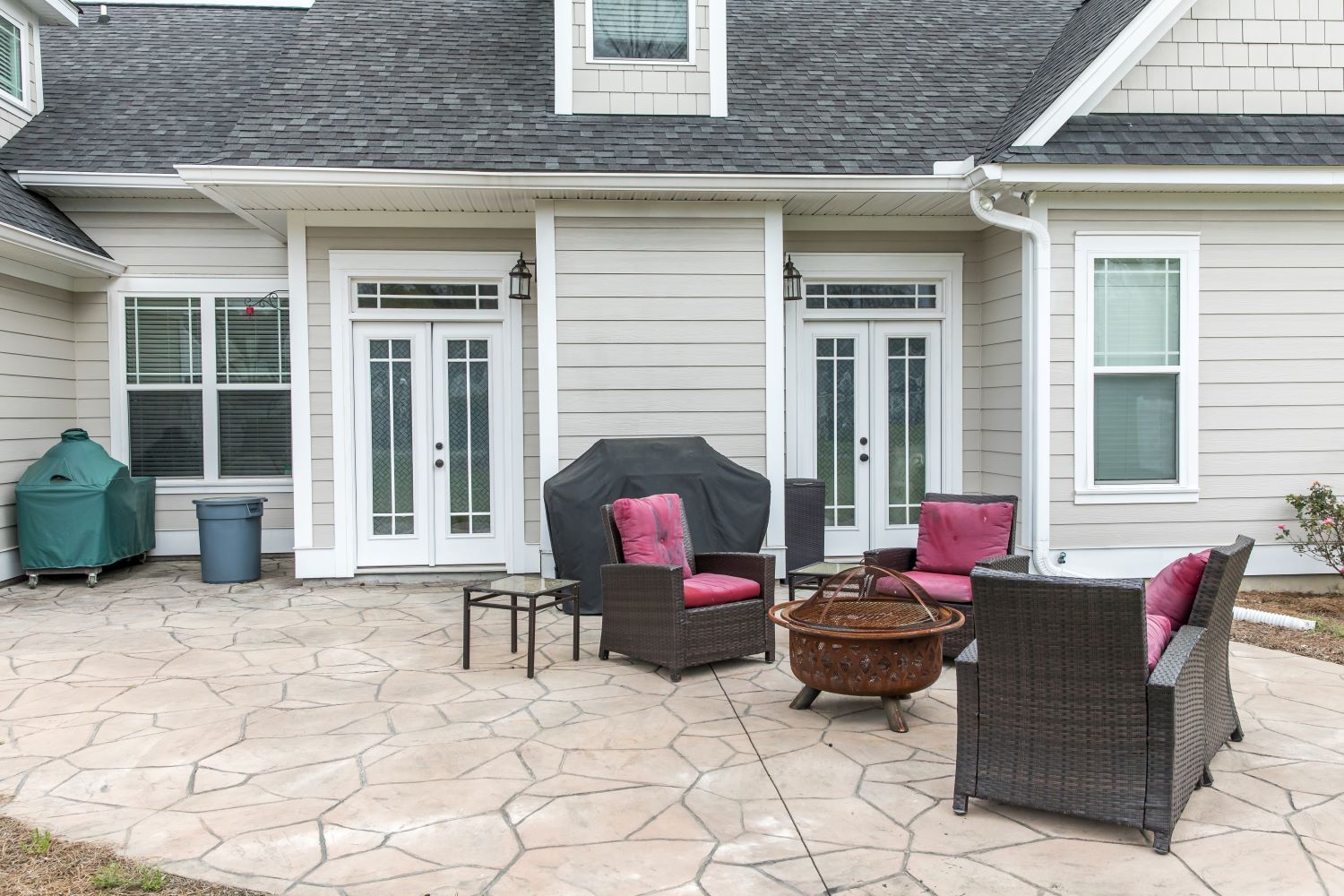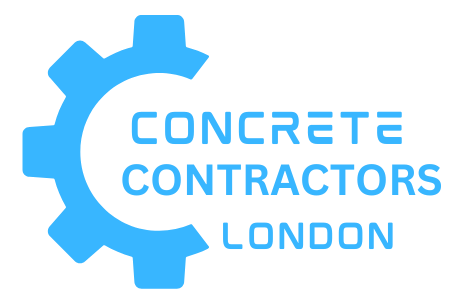How to Handle Concrete Settling and Shifting Over Time
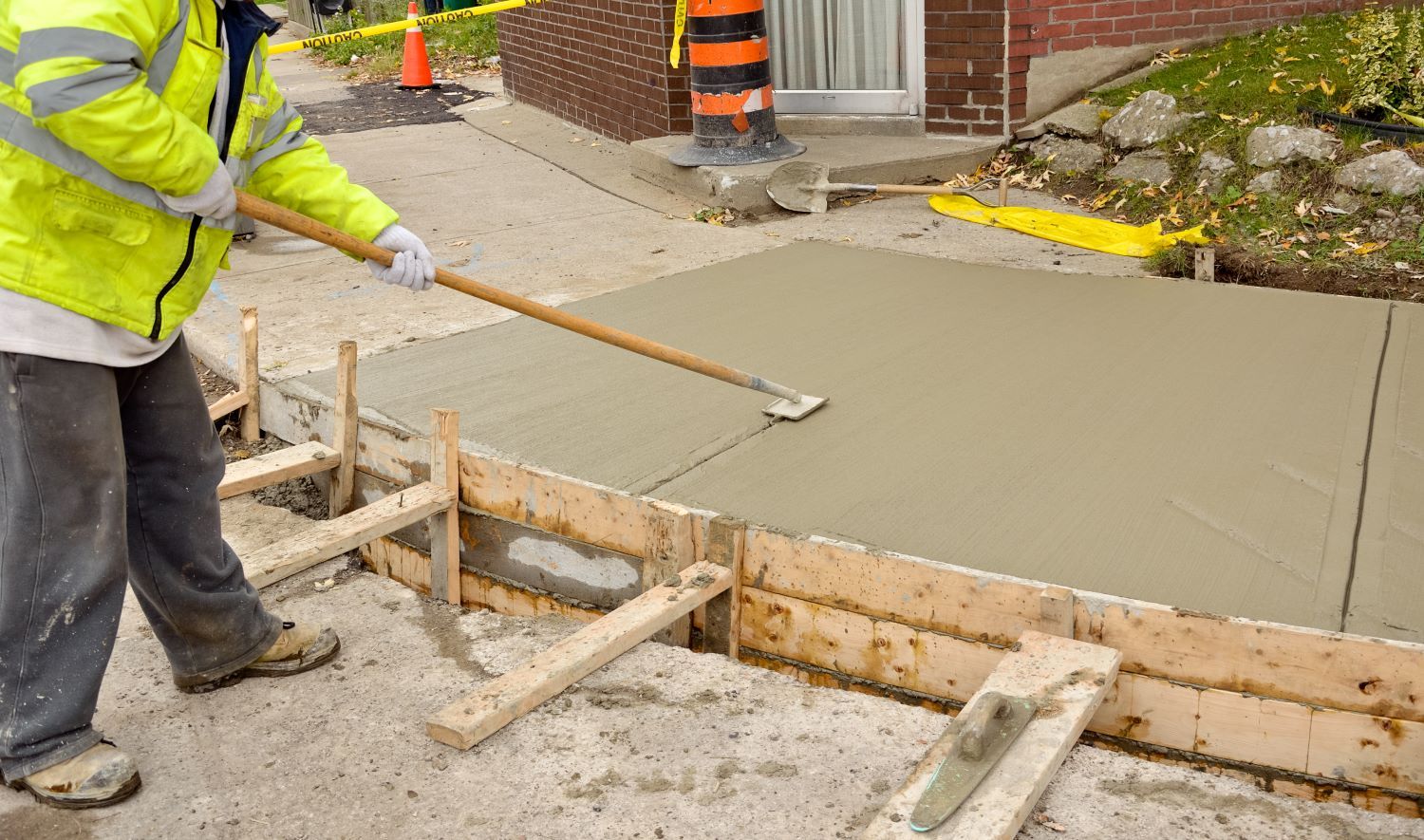
Concrete is one of the most durable and reliable materials used in construction, making it a popular choice for driveways, patios, sidewalks, and foundations. However, over time, even the most well-constructed concrete surfaces can experience settling and shifting. These issues, if not addressed promptly, can lead to unsightly cracks, uneven surfaces, and even structural damage. In this article, we'll explore how to handle concrete settling and shifting, ensuring that your concrete surfaces remain safe, functional, and aesthetically pleasing.
Understanding Concrete Settling and Shifting
Concrete settling and shifting occur when the ground beneath a concrete surface moves or compresses. This movement can be caused by various factors, including:
- Soil Erosion: Water runoff can wash away the soil beneath your concrete, leading to gaps and voids that cause the concrete to sink.
- Poor Compaction: If the soil or base material beneath the concrete wasn't properly compacted during installation, the concrete may settle unevenly as the ground compresses over time.
- Freeze-Thaw Cycles: In colder climates like London, Ontario, the freeze-thaw cycle can cause the ground to expand and contract, leading to shifts in the concrete.
- Tree Roots: Roots from nearby trees can grow beneath concrete surfaces, lifting and cracking the concrete as they expand.
Signs of Concrete Settling and Shifting
Early detection of settling and shifting is crucial to prevent further damage. Here are some common signs to look out for:
- Cracks: Small hairline cracks may indicate the beginning of a settling issue, while larger cracks can be a sign of significant movement.
- Uneven Surfaces: If you notice that your concrete surface is no longer level, it may be settling unevenly.
- Gaps Between Concrete and Adjacent Surfaces: Gaps between your concrete driveway, patio, or sidewalk and adjoining structures (such as your home or garage) can indicate that the concrete is shifting away from its original position.
- Puddling Water: Water pooling on your concrete surface after a rainstorm can indicate low spots caused by settling.
How to Address Concrete Settling and Shifting
If you notice any signs of settling or shifting, it's essential to take action quickly. Here are some effective methods for addressing these issues:
- Mudjacking (Slabjacking)
Mudjacking is a common and cost-effective method for raising and leveling sunken concrete surfaces. This process involves drilling small holes into the concrete and injecting a slurry mixture (usually made of cement, sand, and water) beneath the slab. The slurry fills the voids and lifts the concrete back to its original position. Mudjacking is ideal for driveways, sidewalks, and patios, but it may not be suitable for large structural issues.
- Polyurethane Foam Injection
Similar to mudjacking, polyurethane foam injection is a modern technique used to lift and level concrete surfaces. In this process, a lightweight, expanding foam is injected beneath the concrete through small holes. The foam expands, filling voids and lifting the slab. Polyurethane foam injection is faster and less invasive than mudjacking, and it provides a long-lasting solution for settling issues.
- Soil Stabilization
Soil stabilization involves treating the soil beneath the concrete to improve its load-bearing capacity and reduce the risk of future settling. This can be done by injecting chemical agents into the soil to solidify it or by replacing unstable soil with a more stable base material. Soil stabilization is often used in conjunction with mudjacking or foam injection to provide a comprehensive solution.
- Resurfacing and Crack Repair
If your concrete has already shifted and developed cracks, resurfacing may be necessary. Resurfacing involves applying a new layer of concrete over the existing surface to restore its appearance and function. Before resurfacing, it's essential to repair any cracks using a high-quality concrete filler or sealant to prevent water infiltration and further damage.
- Preventative Maintenance
Preventing concrete settling and shifting is often easier and more cost-effective than repairing it. Here are some preventative measures to consider:
- Proper Drainage: Ensure that water is directed away from your concrete surfaces through proper grading, gutters, and downspouts. This helps prevent soil erosion and reduces the risk of settling.
- Soil Compaction: If you're installing new concrete, make sure the soil and base material are properly compacted to provide a stable foundation.
- Tree Root Management: Plant trees and shrubs at a safe distance from concrete surfaces to avoid root interference. If tree roots are already causing issues, consult an arborist for advice on root management.
When to Call a Professional
While minor cracks and small areas of settling can sometimes be addressed with DIY methods, larger issues often require professional intervention. If you notice significant shifting, extensive cracking, or recurring problems, it's best to contact a concrete specialist. Professional concrete contractors, like Concrete Contractors London, have the expertise and equipment to diagnose the underlying issues and provide effective, long-lasting solutions.
Conclusion
Concrete settling and shifting are common issues that can affect the longevity and appearance of your concrete surfaces. By understanding the causes and taking prompt action, you can prevent further damage and maintain the integrity of your concrete. Whether you need mudjacking, foam injection, or a complete resurfacing, addressing these problems early can save you time, money, and stress in the long run.
If you're experiencing concrete settling or shifting, don't hesitate to reach out to Concrete Contractors London for expert advice and professional services.
